Embarking on the thrilling Arctic Sense expedition once again, our team returned to the captivating archipelago of Svalbard in the summer of 2023, building upon the foundation of the remarkable Arctic Sense 2021 expedition. Our mission this time was twofold: to unearth the stories and capture the content we didn’t have the opportunity to in 2021 and to welcome new team members into the fold. Furthermore, we had the privilege of wielding a state-of-the-art Remote Operated Vehicle (ROV) system, an advanced technological tool that breathed new life into our storytelling capabilities, propelling our narratives to extraordinary heights.
Following the route we now know well we charted our course up the Norwegian coast, punctuating our coastal transit journey with captivating encounters with whales in the enclave of Andenes and a final stop in the vibrant city of Tromsø before we ventured further northward to Bear Island and onwards to Longyearbyen, Svalbard where the real work would begin. Finally, we set our sights on Longyearbyen, where the bulk of the expedition took us on two tours to the pack ice at 80°N. Starting on June 1st our three month long expedition saw us sailing a total of 4500 nautical miles or approximately 8000 kilometres where we marked the end of the journey by returning to where we had started, Stavanger, Norway on September 11th.
The expedition was led by Andreas B. Heide, who was the only one to stay onboard for the full duration of the expedition. Tawanda Chikasha, our sailor from Zimbabwe stayed onboard for close to 3 months. The expedition had a rotating crew which included Sally Earthrowl, a school teacher from the UK, Alex Maloney, a silver medalist in sailing at the Rio 2016 Olympics. The scientific portion of the expedition was covered by Marta Trodahl, Ph.D. in Oceanography, and the ROV operator Antoine Drancey. For an overview of all participants, please refer to the image reel below.

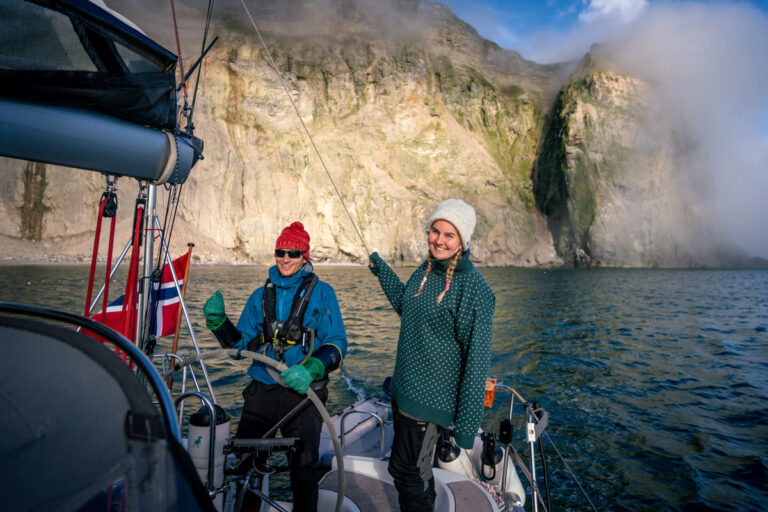
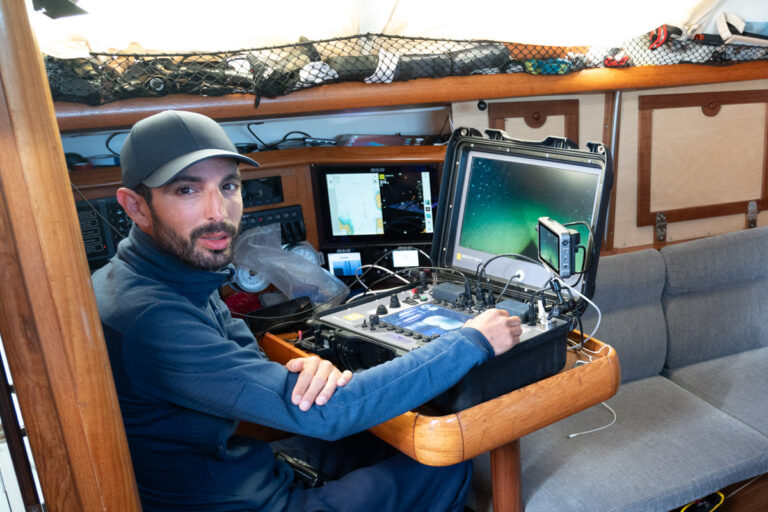

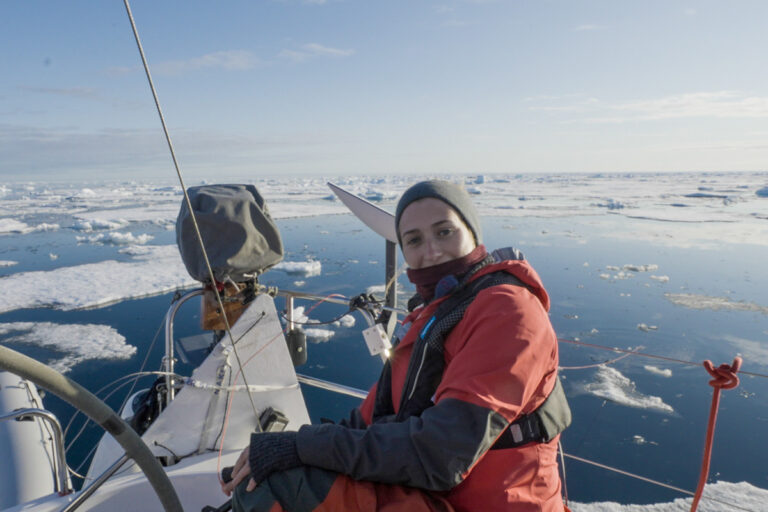
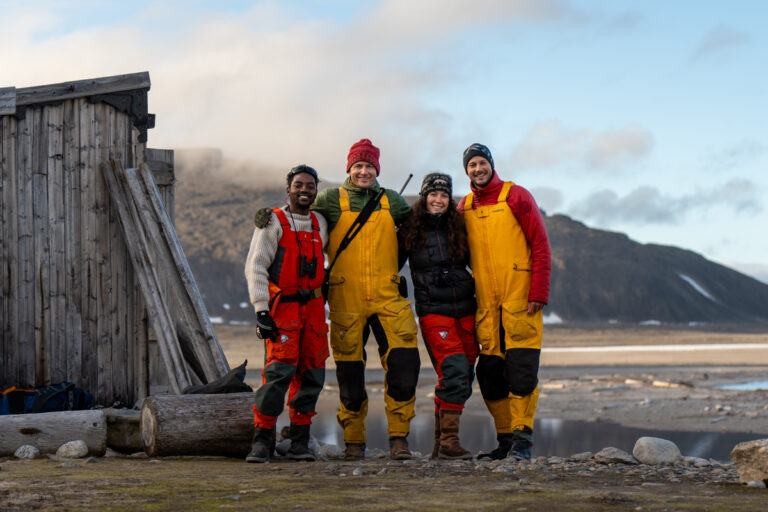
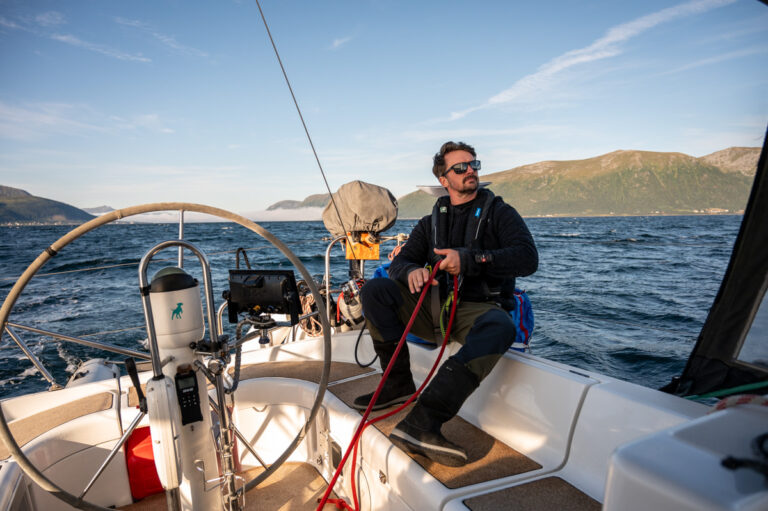
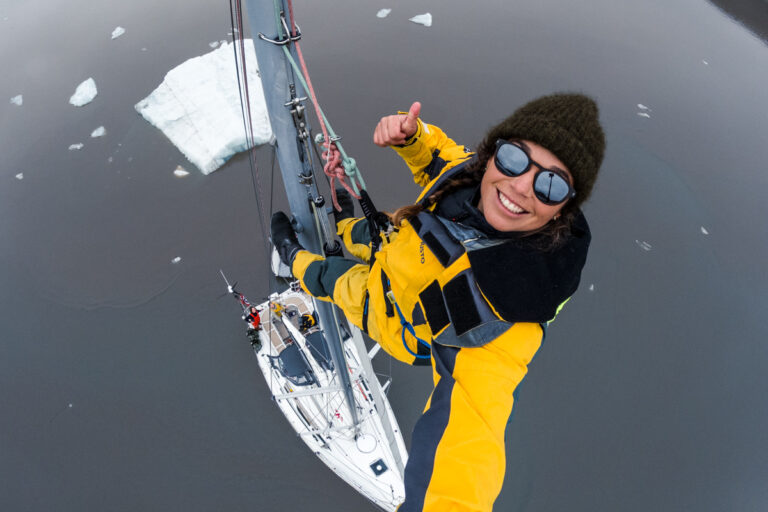
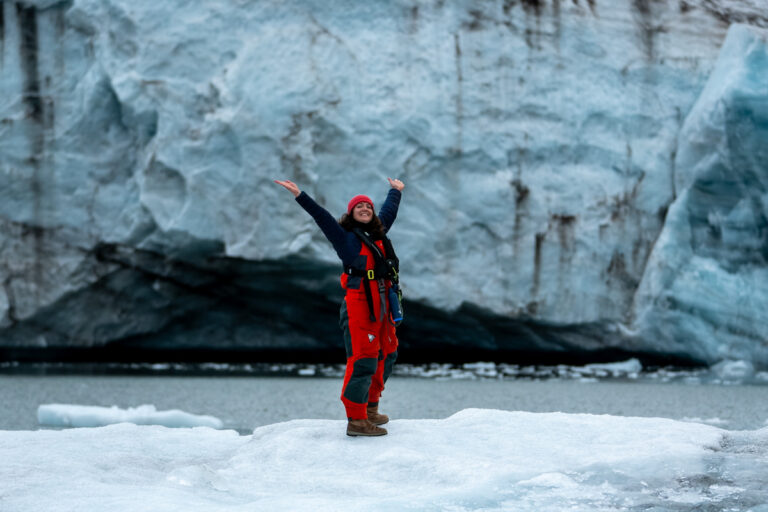


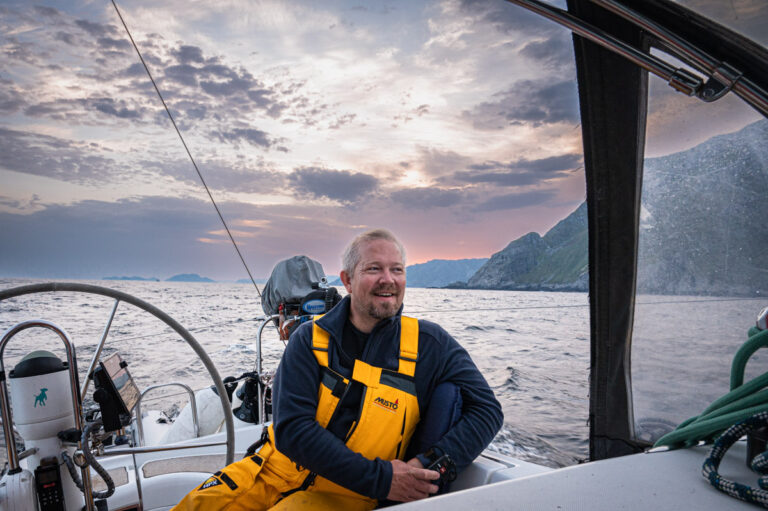
A 4-minute video summary featuring polar bears, walruses, and behind-the-scenes footage from the ROV leg of the Arctic Sense expedition. Best enjoyed on a large screen with good sound.
The ROV, owned and operated by Antoine Drancey of Black Whale Pictures, was an integral part of Arctic Sense 2023 expedition. Following some trial runs in Stavanger over the past year, it was time to utilise this state of the art device in the Arctic pack-ice. The ROV is an important & ideal tool for supporting the pillars of the Barba platform; science, storytelling and education. The ROV allows for dives of depths up to 500 metres, 12 hours of autonomous underwater exploration and allows us to capture high quality imagery and visual content which is generally too dangerous for a diver, especially in harsh environments like the Arctic where waters are frigid and home to wildlife such as walruses. As far as engagement goes, it holds a great appeal in an educational context.

The highlights come in many ways and forms. We have shared some of these below. The easiest highlights to show are the wildlife encounters and stunning scenery but there is also the sense of accomplishment on numerous levels and the sheer experience of sailing the Arctic and mastering the challenges of navigating in the ice all with a mission and a purpose. On the administrative level, successfully organising and conducting a lengthy expedition that included 17 different crew members from 7 different nationalities and lastly, for being able to capture and communicate the beauty of the North in line with the Barba mission.
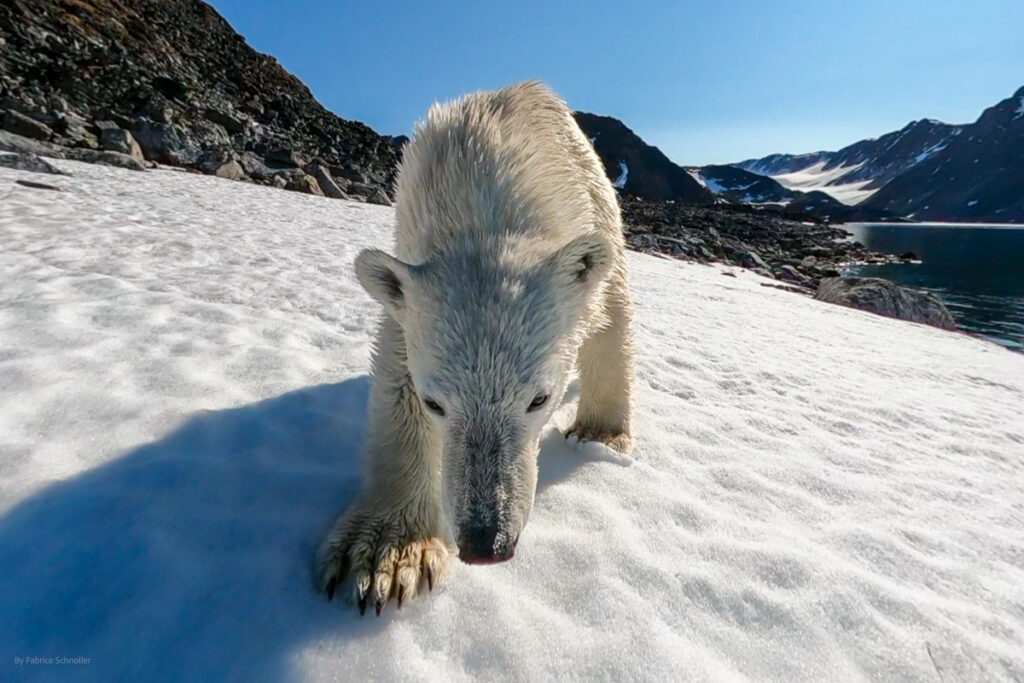
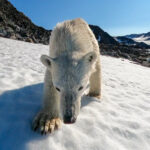
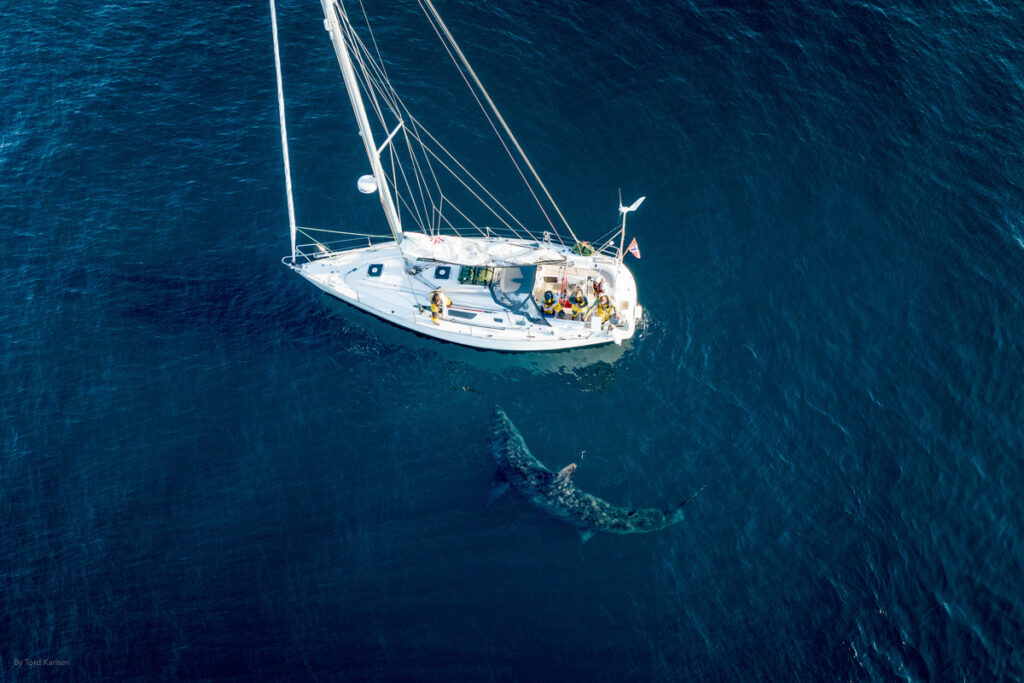
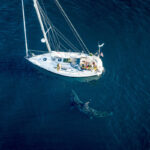

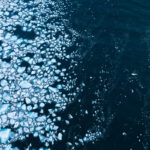
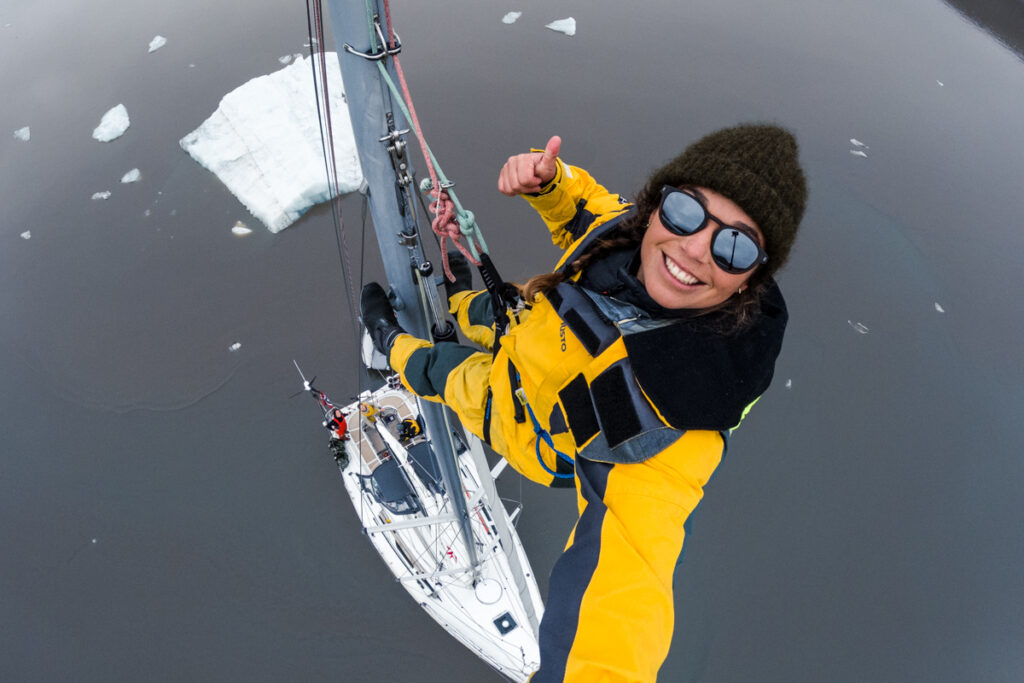

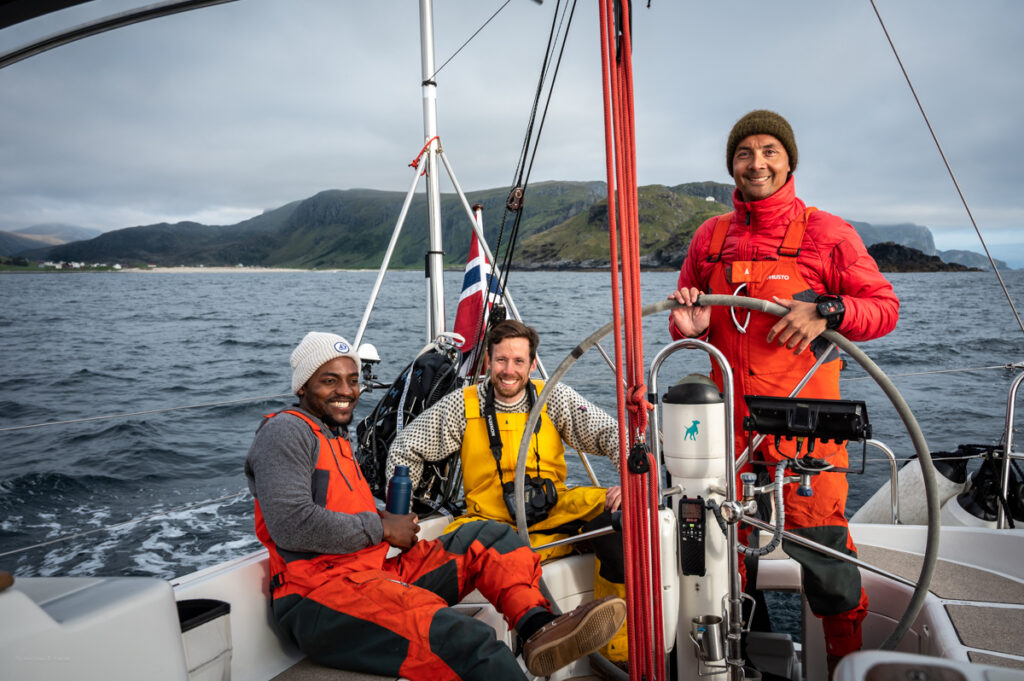
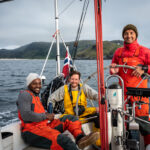
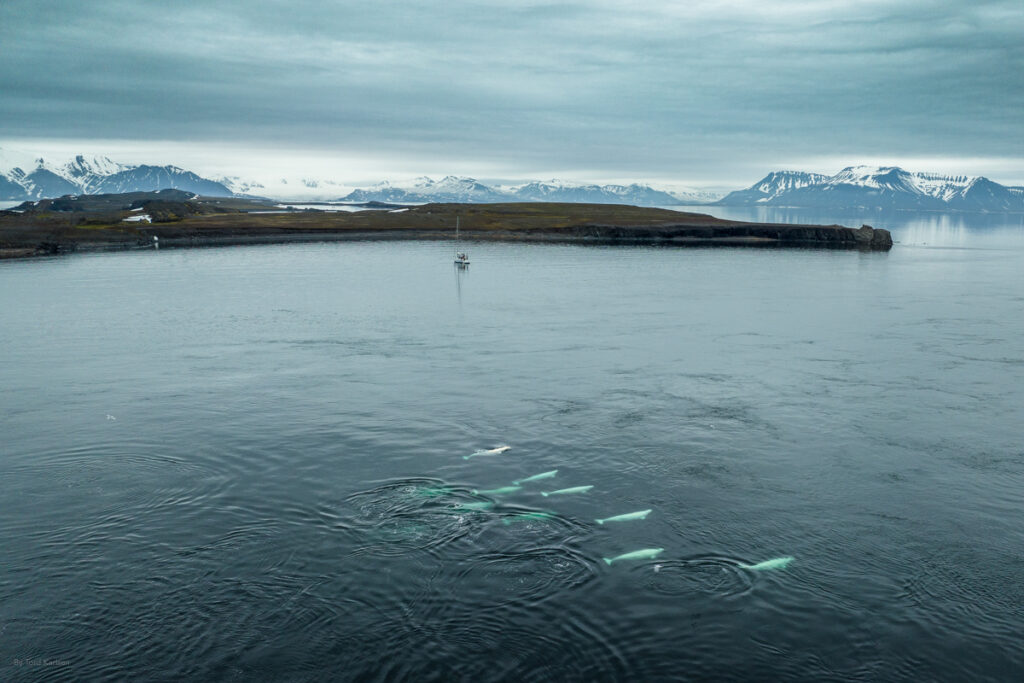

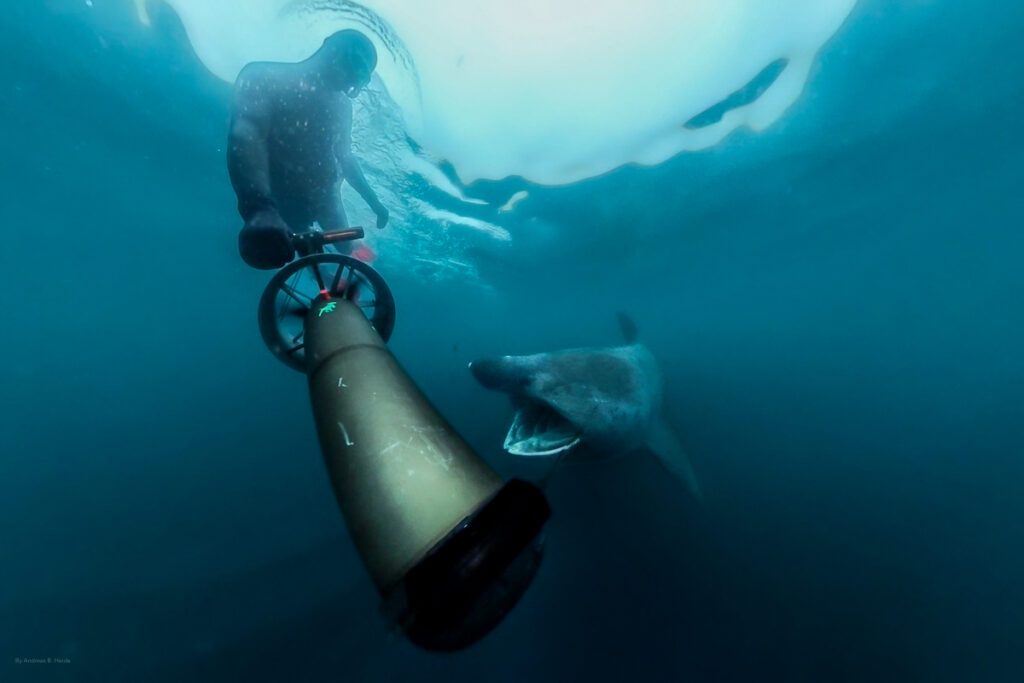


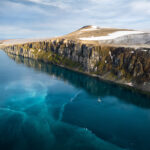
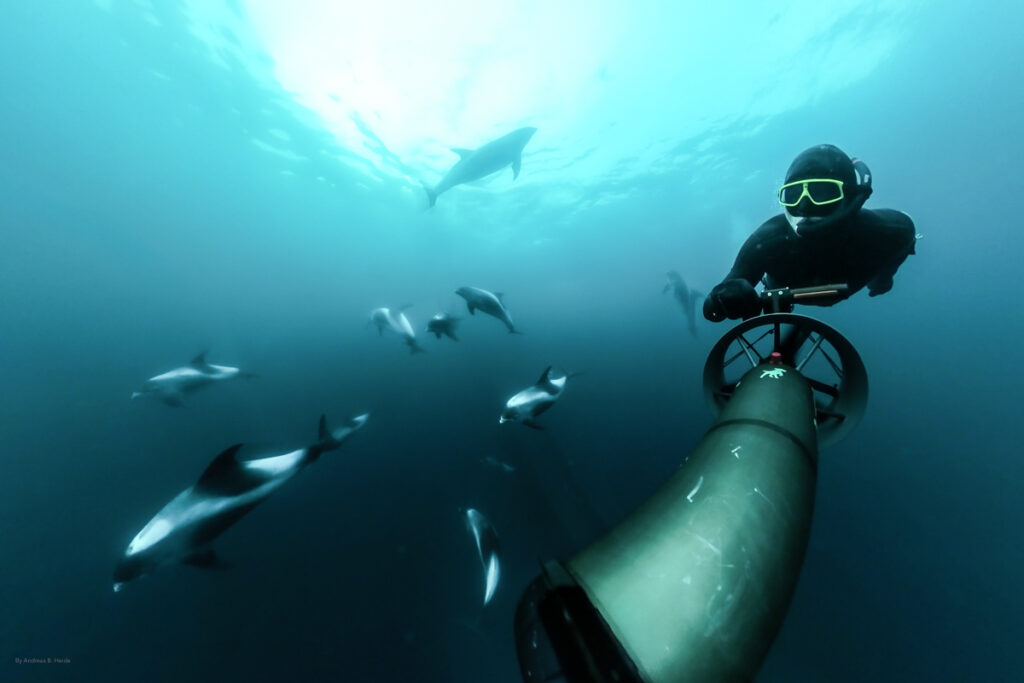
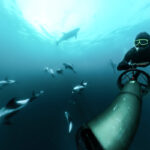
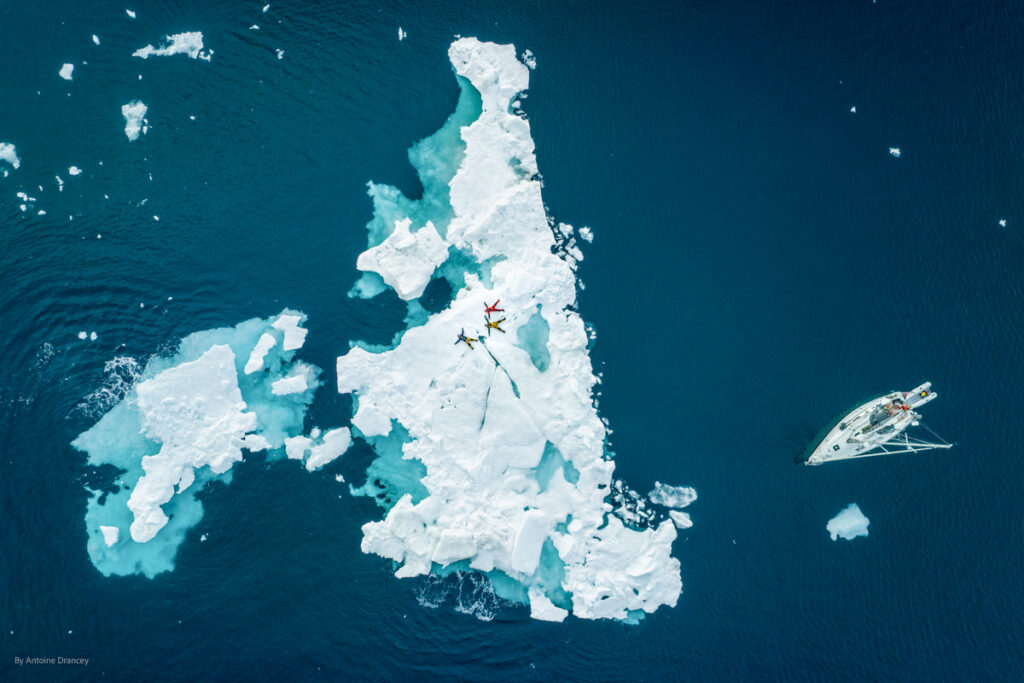
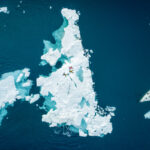
Some of the results from Arctic Sense 2023 will take a bit of time to fully manifest themselves. The main goals were to further develop the Arctic Sense educational program, enhance the team’s experience, and collect scientific data for our partners. However, with the successful completion of the expedition we are happy with the immediate outcomes and we are continuing to work hard and ensure the longer term outcomes of the expedition are just as successful. Below are some of the visual outputs from the expedition. More will follow in due time!
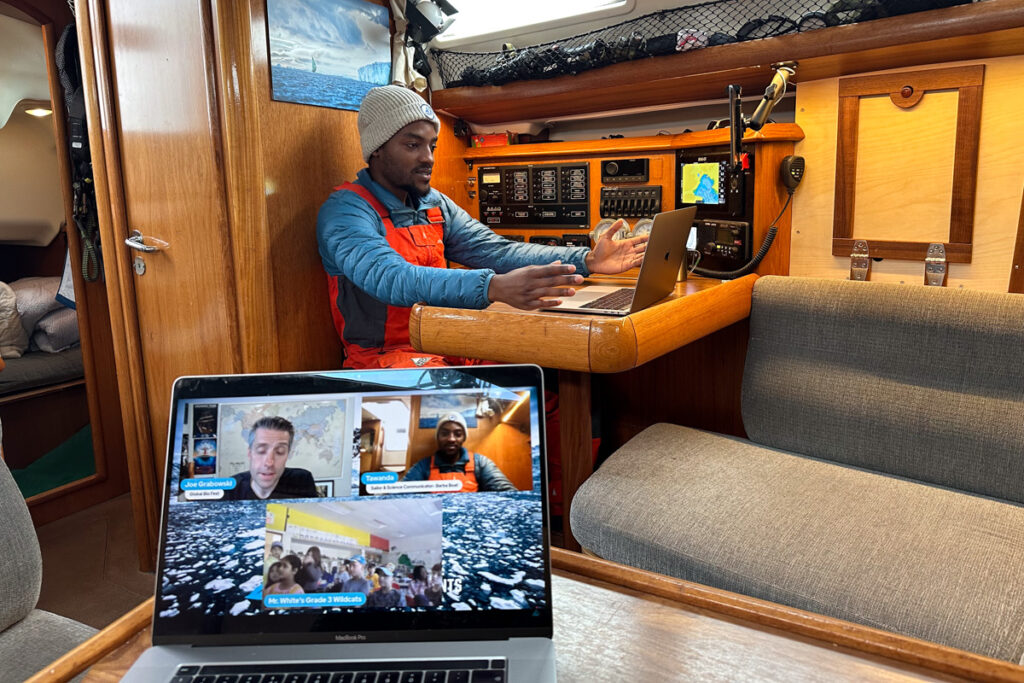

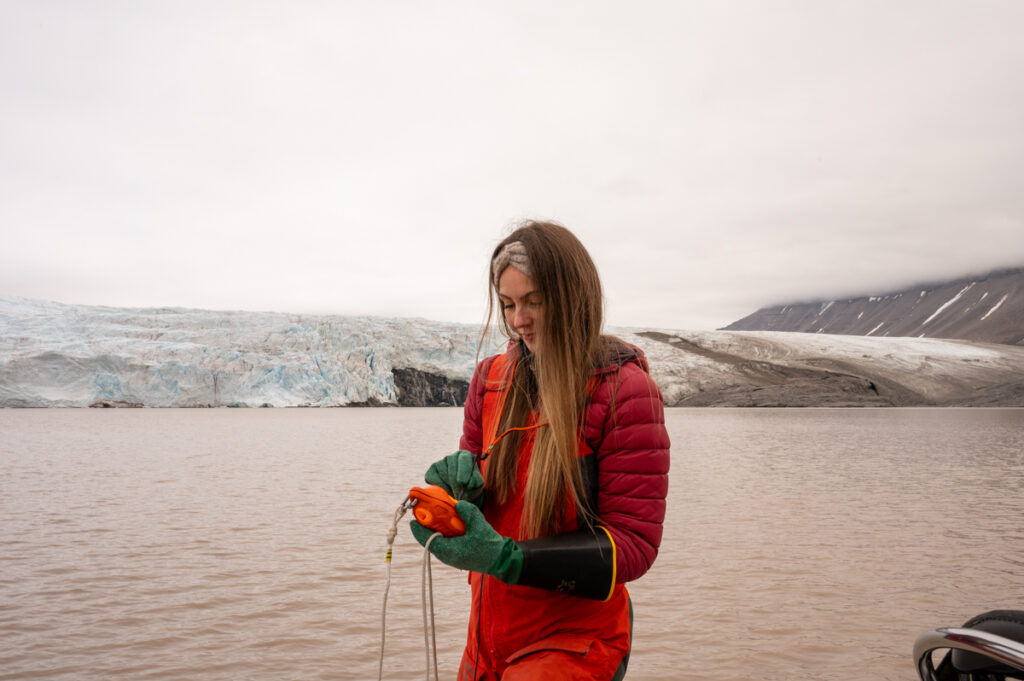

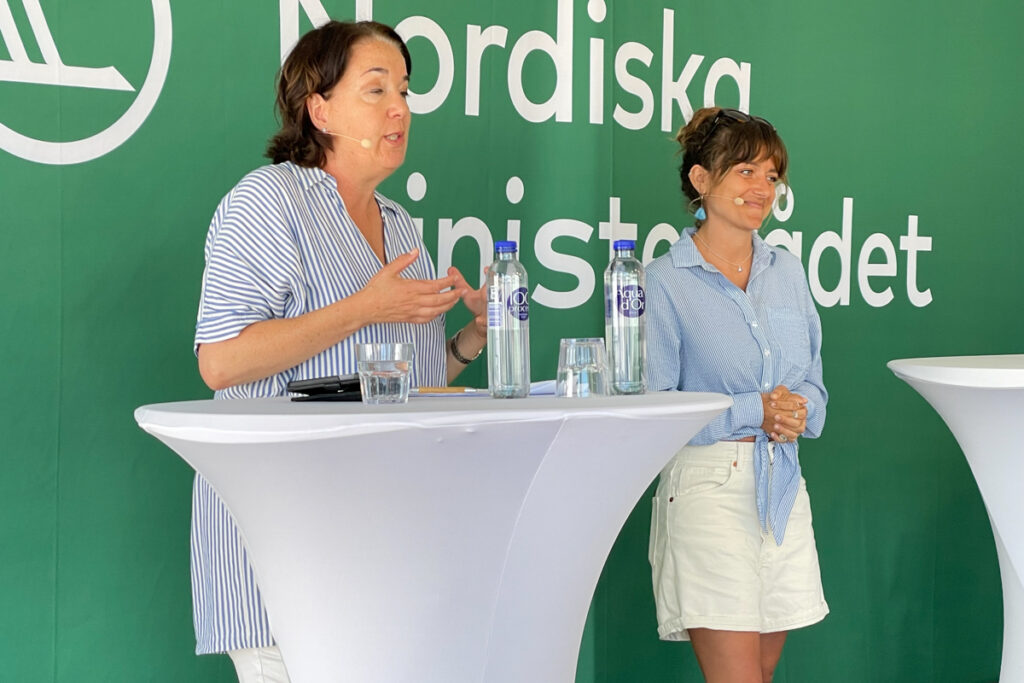
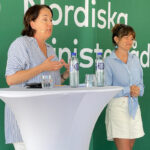
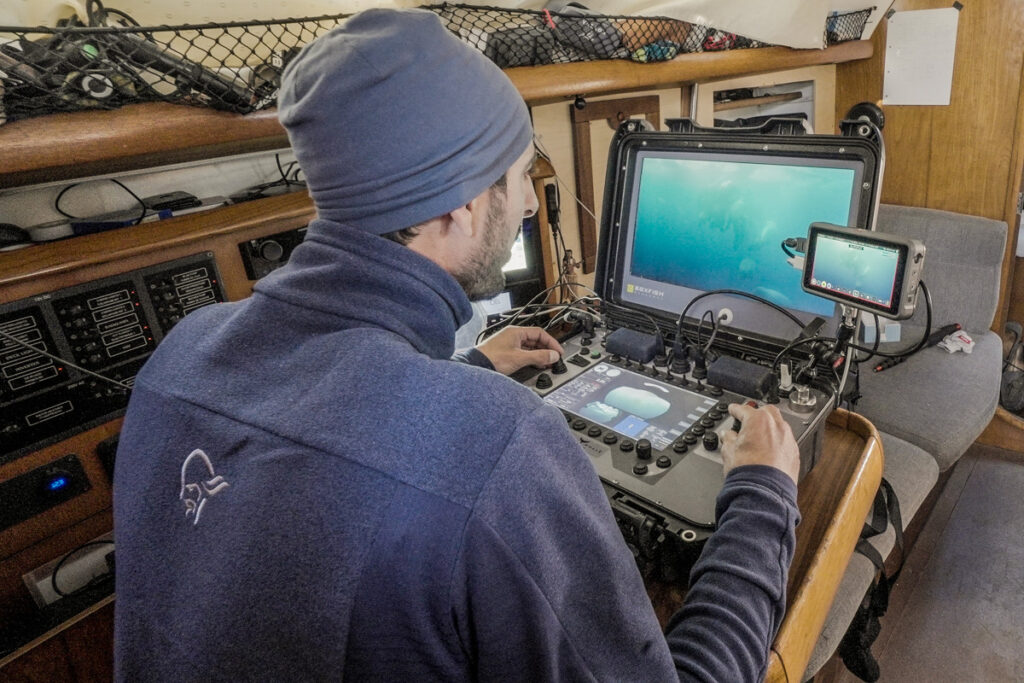
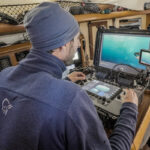
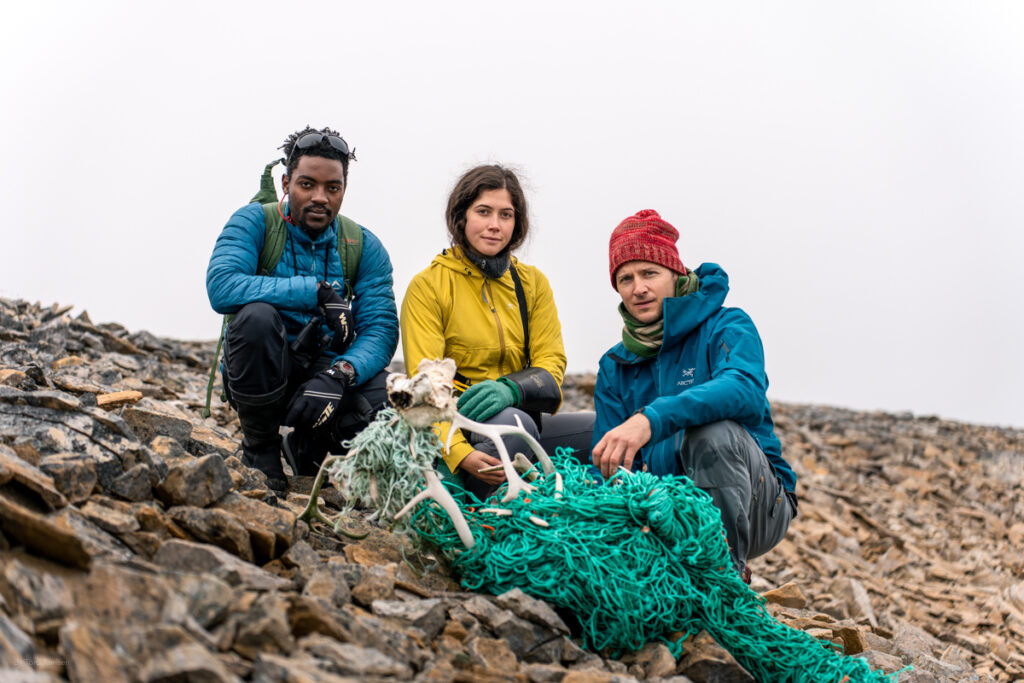
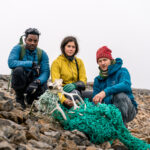
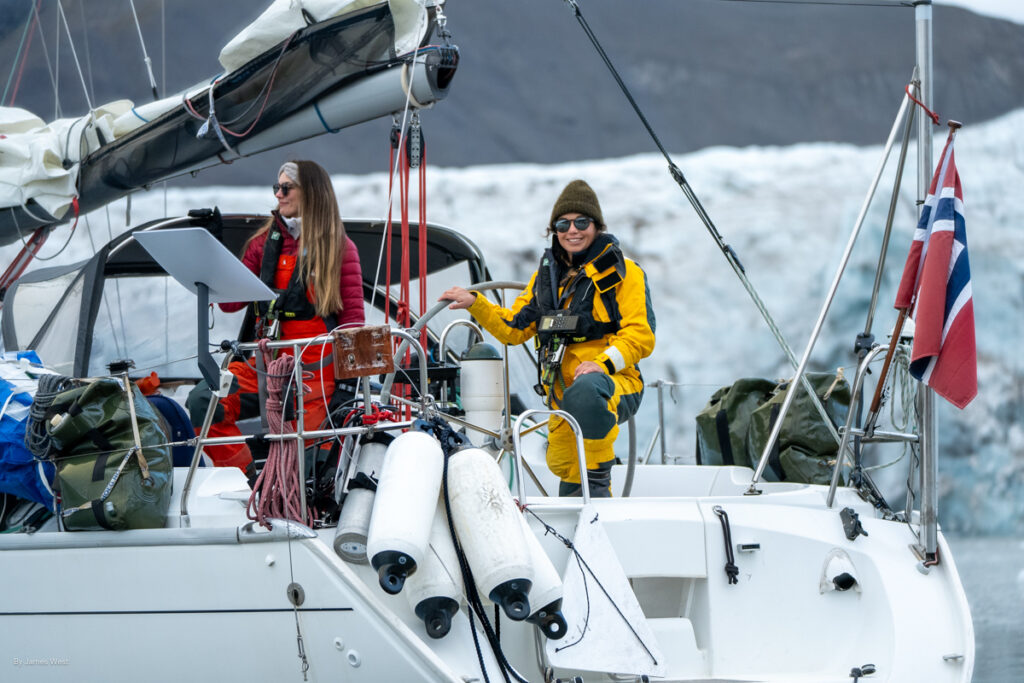
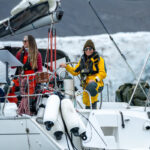
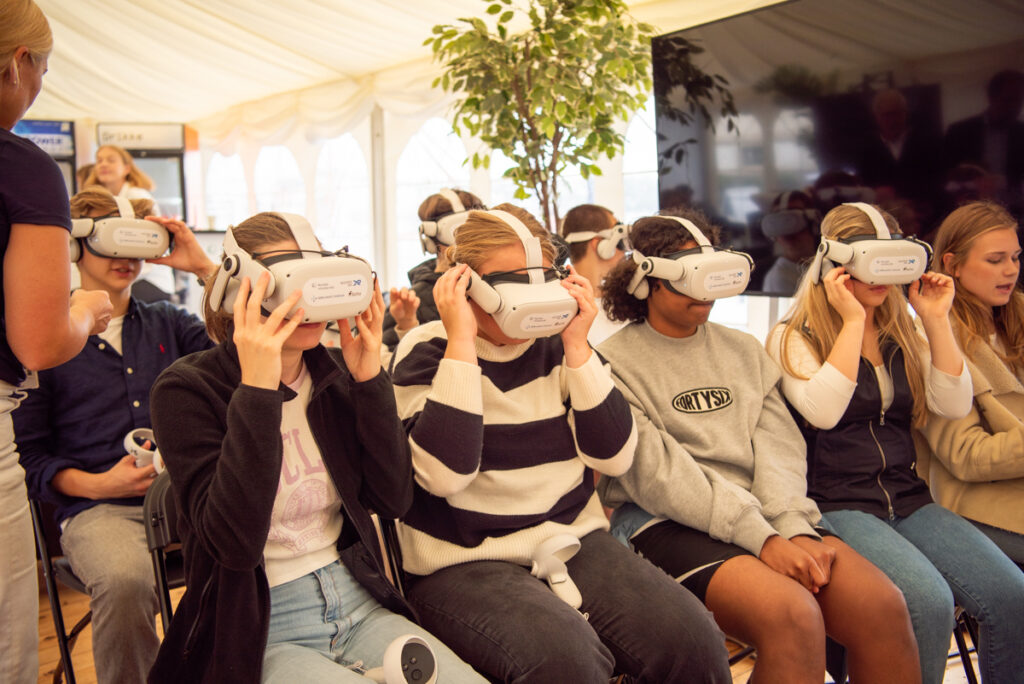
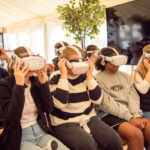
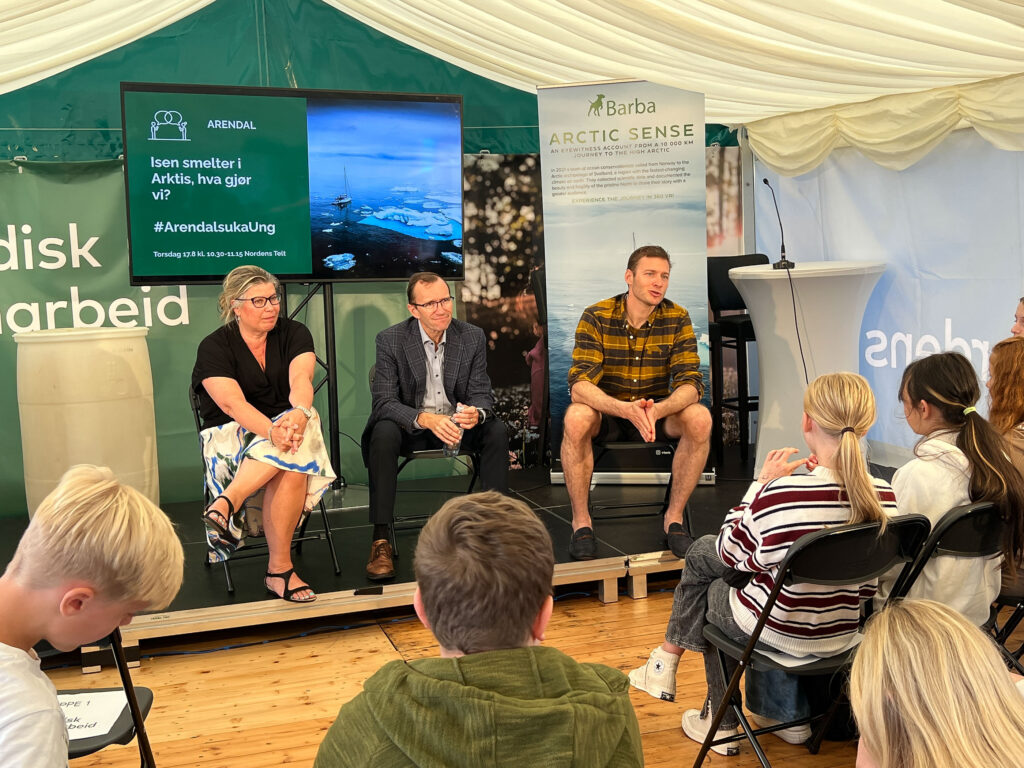
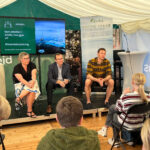
A large amount of the key footage obtained on expeditions such as ours takes years to find its way to the likes of BBC, Disney, as well as our own productions in development. Below we have shared some samples from this summer’s expedition, some of them are linear extracts from immersive 360 footage, and will best be experienced with VR goggles.
Our work